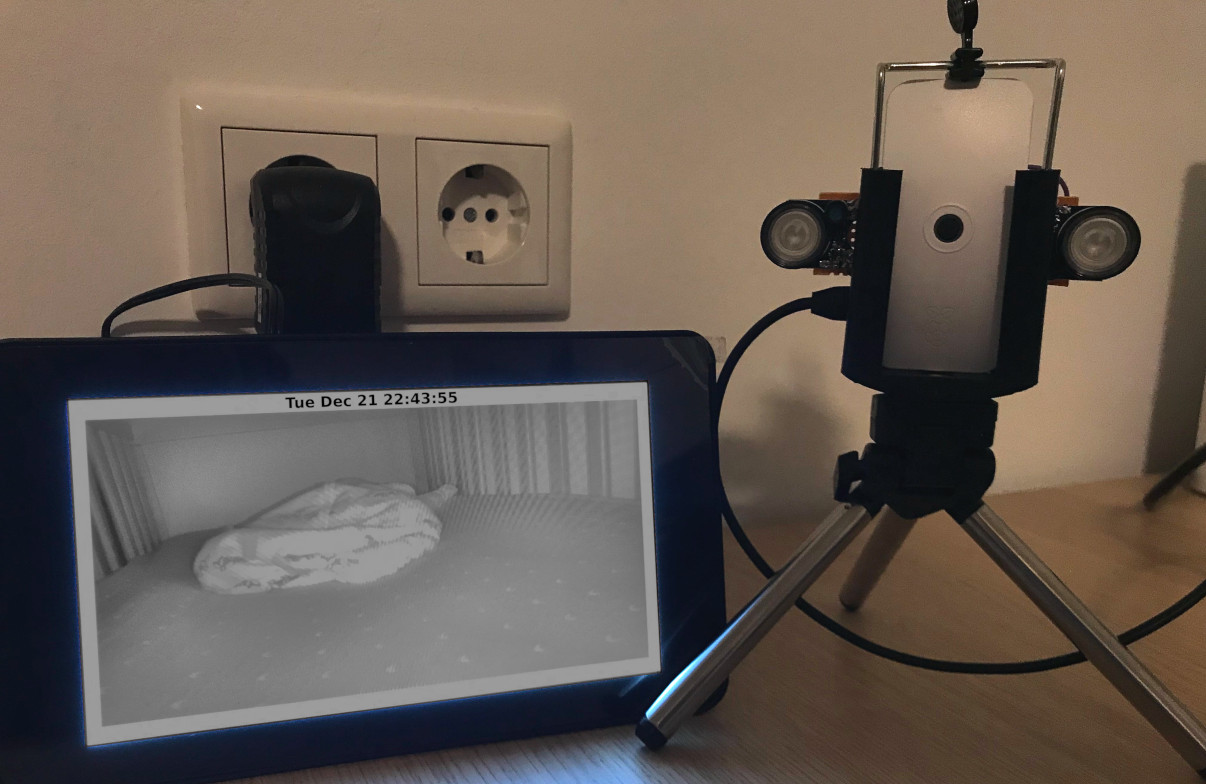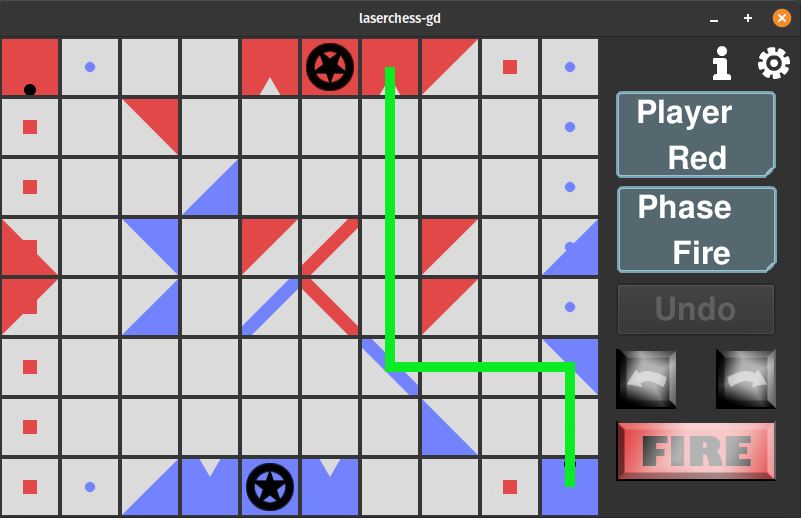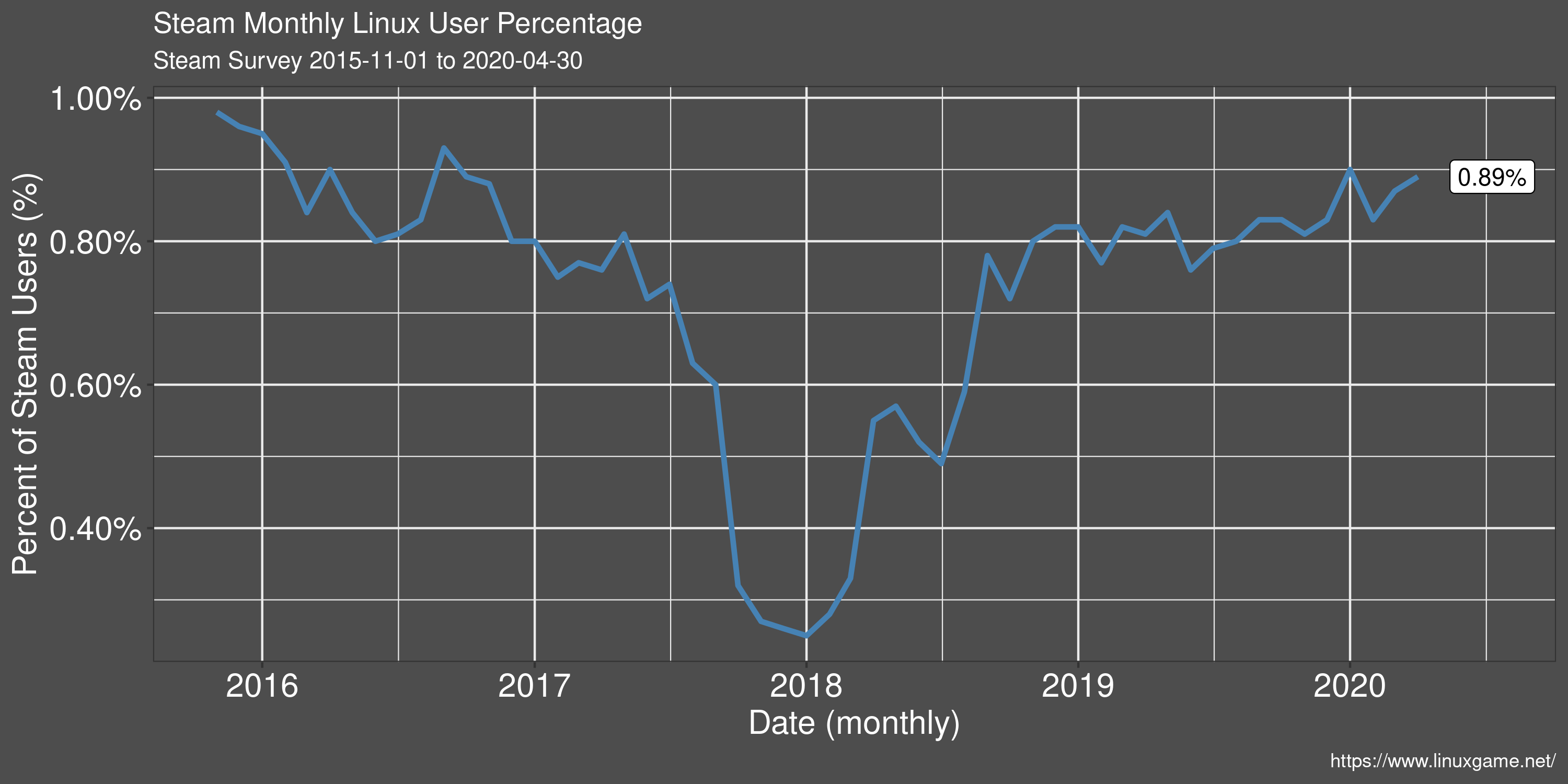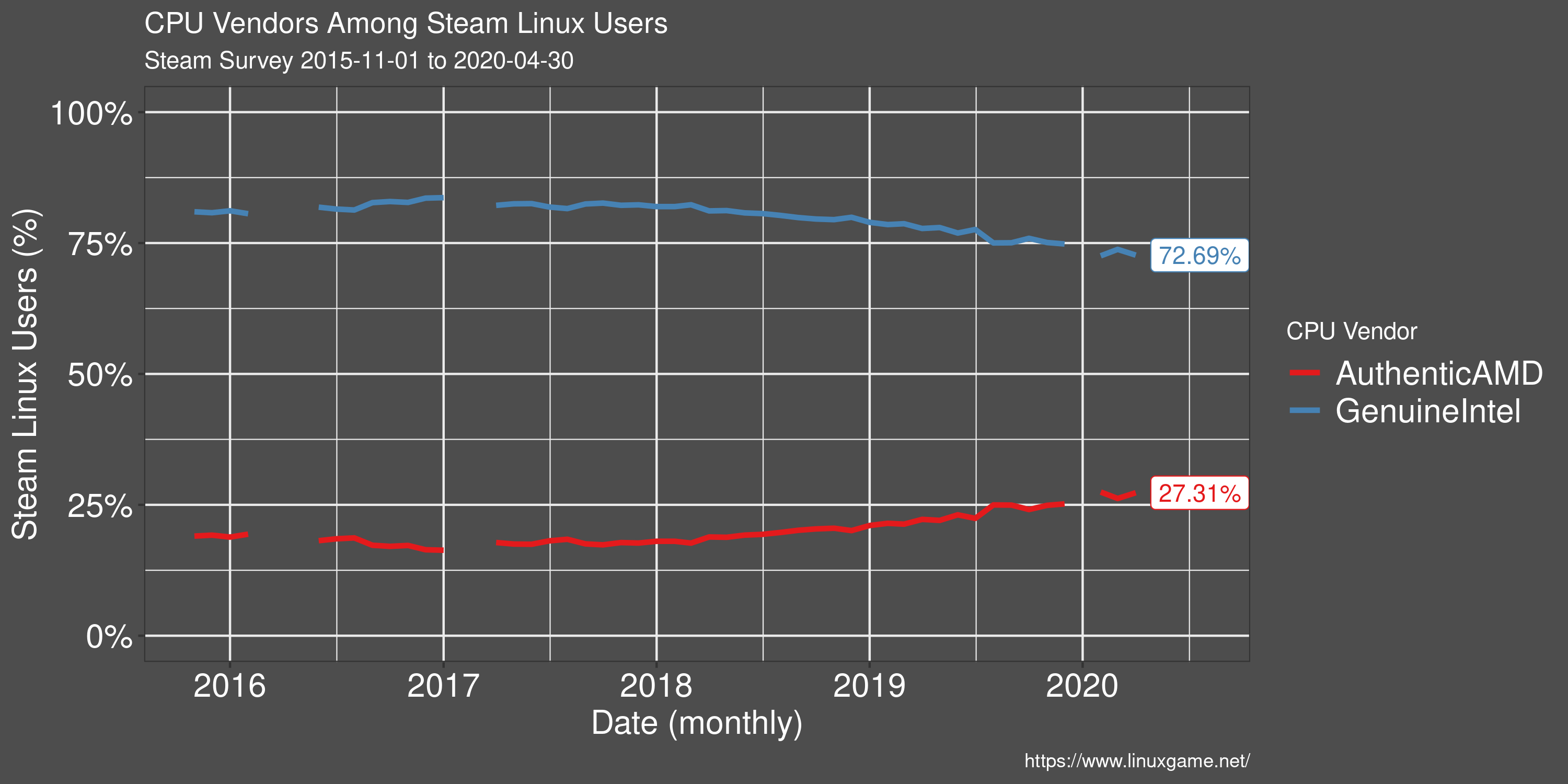bittyhttp is a C library that I've been working on that aims to make building web services in C as easy as possible. Check out my last post for a better description and to see some examples.
One use-case that I see for bittyhttp is adding HTTP functionality to existing C applications. For example, if there is a long-running process somewhere on a server, it would be easy to expose some of its configuration over a web interface using bittyhttp. So to target this use-case there are a few changes to bittyhttp to make this particular situation easier.
Users can now start the server in its own thread. For example:
int
main(int argc, char **argv)
{
bhttp_server *server = bhttp_server_new();
/* setup server, add handlers, etc. */
bhttp_server_start(server, 1);
/* continue with normal application execution */
bhttp_server_stop(server);
bhttp_server_free(server);
return 0;
}
This starts bittyhttp in a separate thread and returns immediately. So one could insert this at the appropriate place in an application to easily spin off an HTTP server. Then, when needed, a simple call to bhttp_server_stop and bhttp_server_free will shut down the server and free resources.
In this mode it is also possible to register new callback handlers while the server is running, adding even more flexibility. Overall, this is a small update but I think it makes it much easier to use and incorporate into other applications.
In other developments, I've also been experimenting with some sort of Lua interface to allow writing callbacks in Lua. I've actually used this in another project of mine but I'm not particularly happy with the implementation. So it's still squarely in the experimental category.
bittyhttp is distributed under GPLv3. However, if you're interested in incorporating it into your project, and need another license, feel free to reach out.
Thanks for reading!







